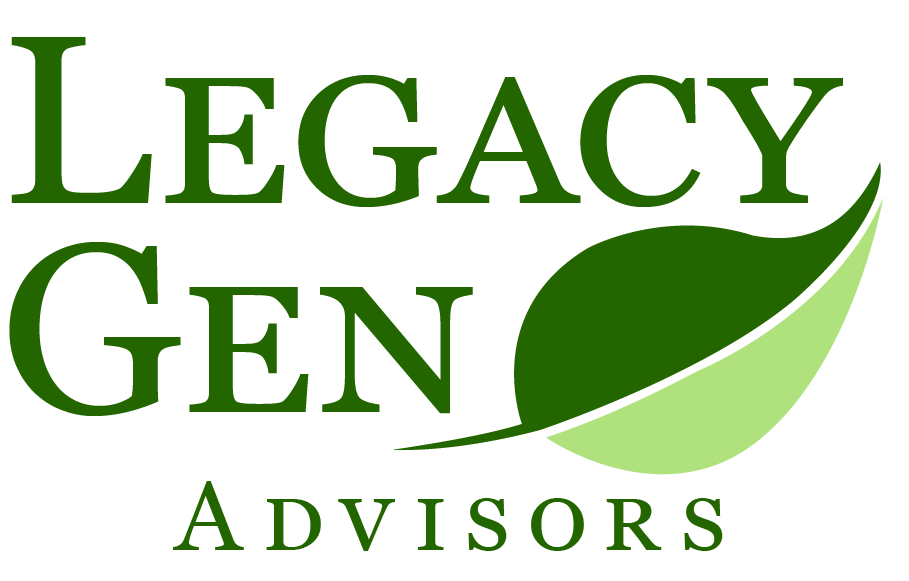Understanding healthcare options can be complex, and Medicare is no exception. Enrolling in Medicare Part D can provide crucial prescription drug coverage for individuals eligible for Medicare. In this blog post, we will delve into the key aspects of Medicare Part D, highlighting what you need to know to make informed decisions about your healthcare coverage.
1. What is Medicare Part D?
Medicare Part D is a prescription drug benefit program offered by private insurance companies approved by Medicare. It provides coverage for prescription medications and helps reduce out-of-pocket costs for beneficiaries. It is available as a standalone plan, known as a Prescription Drug Plan (PDP), or as part of a Medicare Advantage plan that includes prescription drug coverage (MA-PD).
2. Eligibility and Enrollment
Eligibility for Medicare Part D is available to eligible individuals for Medicare Part A or Part B. To enroll, you must either join a standalone Prescription Drug Plan or select a Medicare Advantage plan that includes prescription drug coverage during specific enrollment periods. It’s important to note that delaying enrollment beyond your initial eligibility may result in penalties and higher premiums in the future.
3. Formularies and Prescription Coverage
Each Prescription Drug Plan maintains a formulary, which is a list of covered medications. Formularies may differ between plans, so reviewing them before selecting a plan is essential. Formularies categorize medications into tiers, with each tier having different cost-sharing amounts. Typically, generic drugs are in lower tiers, with lower copayments or coinsurance, while brand-name drugs are in higher tiers with higher costs.
4. Coverage Gap (Donut Hole) and Catastrophic Coverage
Medicare Part D has a coverage gap known as the “donut hole.” You enter the coverage gap once you and your plan have spent a certain amount on covered medications in a calendar year. During this phase, you may be responsible for a higher percentage of the costs for both brand-name and generic drugs.
Once you reach the out-of-pocket threshold for the year, you enter the catastrophic coverage phase. During this phase, you pay significantly reduced costs for covered medications for the remainder of the calendar year.
5. Extra Help and Low-Income Subsidy
Medicare offers a program called Extra Help or Low-Income Subsidy (LIS) to assist individuals with limited income and resources in paying for prescription drugs. Qualification for Extra Help depends on income and asset limits. If eligible, you may receive assistance in paying premiums, deductibles, and cost-sharing, helping to make medications more affordable.
6. Annual Open Enrollment and Special Enrollment Periods
Medicare Part D has an annual Open Enrollment Period from October 15 to December 7. During this time, beneficiaries can switch plans, join a Prescription Drug Plan for the first time, or discontinue their coverage.
Special Enrollment Periods (SEPs) are also available in certain situations, such as losing creditable prescription drug coverage or moving to a new service area. Understanding the enrollment periods is crucial to avoid potential penalties and ensure seamless coverage.
Medicare Part D plays a vital role in providing prescription drug coverage for Medicare beneficiaries. Understanding the key aspects of Medicare Part D, including eligibility, enrollment, formularies, coverage gaps, and available assistance programs, empowers individuals to make informed decisions about their healthcare coverage.
As you navigate the complex landscape of healthcare options, consider researching different Prescription Drug Plans, comparing formularies, and assessing your medication needs. By understanding the nuances of Medicare Part D, you can select a plan that best meets your prescription drug requirements and enhances your healthcare.

